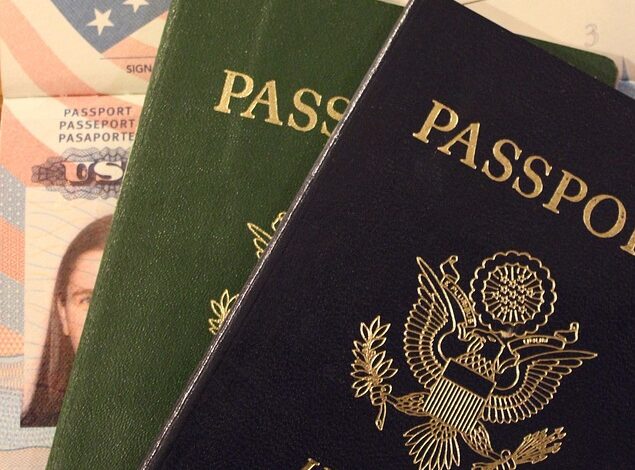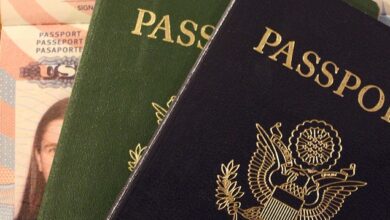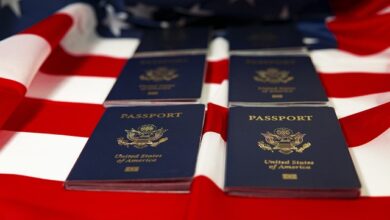Student Visa Application Process for International Students

Introduction
Pursuing higher education abroad is a life-changing opportunity that opens doors to new cultures, diverse perspectives, and world-class learning environments. However, before embarking on this journey, international students must secure a student visa—a legal document granting permission to study in a foreign country. This article outlines the step-by-step process of applying for a student visa, highlighting key requirements and tips to ensure a smooth application experience.
Step 1: Research Your Destination Country’s Requirements
Every country has its own set of rules and regulations regarding student visas. Begin by researching the specific requirements for your chosen destination. Key factors to consider include:
- Eligibility Criteria : Age limits, academic qualifications, language proficiency (e.g., English or French), and financial stability.
- Types of Student Visas : Some countries offer multiple categories based on program duration, level of study (undergraduate, graduate, etc.), or institution type.
- Duration of Stay : Understand how long your visa will allow you to remain in the country after completing your studies.
Example : In the UK, the Student Visa (formerly Tier 4) allows full-time students to stay for the length of their course plus additional time for post-study work opportunities.
Step 2: Secure Admission to an Accredited Institution
Before applying for a student visa, you must gain admission to an accredited educational institution in your desired country. Follow these steps:
- Choose a Program : Identify programs aligned with your academic and career goals.
- Apply to Universities/Colleges : Submit applications along with required documents such as transcripts, letters of recommendation, essays, and standardized test scores (e.g., TOEFL, IELTS, GRE).
- Receive Confirmation of Enrollment : Once accepted, the institution will issue an official acceptance letter or Certificate of Eligibility (COE). This document is crucial for your visa application.
Tip : Apply to multiple institutions to increase your chances of securing admission.
Step 3: Gather Required Documentation
The success of your student visa application hinges on submitting complete and accurate documentation. Commonly requested documents include:
- Passport : A valid passport with at least six months’ validity beyond your intended stay.
- Completed Application Form : Fill out the visa application form provided by the embassy or consulate.
- Acceptance Letter : The official confirmation from your chosen institution.
- Financial Proof : Evidence of sufficient funds to cover tuition fees and living expenses. Acceptable forms include bank statements, scholarship awards, or sponsorship letters.
- Language Proficiency Test Scores : Many countries require proof of proficiency in the local language, such as IELTS or TOEFL for English-speaking countries.
- Medical Examination : Some countries mandate health checks to ensure applicants do not pose public health risks.
- Criminal Background Check : A clean record may be necessary to demonstrate good character.
- Photographs : Recent passport-sized photos meeting specified guidelines.
Example : For the U.S. F-1 visa, you’ll need Form I-20 issued by your school, which serves as proof of enrollment and financial capability.
Step 4: Submit Your Application
Once all documents are ready, proceed to submit your application. Methods vary depending on the country:
- Online Submission : Many countries allow electronic submission through government websites.
- In-Person Submission : Visit the nearest embassy or consulate if online submission isn’t available.
Ensure you pay the required visa fee during this stage. Fees differ based on the country and visa category.
Step 5: Attend the Visa Interview (if applicable)
Certain countries, like the United States and Canada, require applicants to attend a visa interview. During the interview, consular officers assess your intentions, eligibility, and commitment to returning home after completing your studies. Be prepared to answer questions such as:
- Why did you choose this particular program/university?
- How will studying abroad benefit your future career?
- Do you have plans to work while studying?
Tips for Success :
- Dress professionally and arrive early.
- Provide honest and concise answers.
- Bring original copies of all supporting documents.
Step 6: Await Processing and Approval
Processing times vary widely, ranging from a few weeks to several months. To avoid delays:
- Double-check your application for errors.
- Respond promptly to any requests for additional information.
- Monitor your application status via email or the official portal.
If approved, you’ll receive your visa either as a sticker in your passport or a separate document.
Step 7: Prepare for Arrival
After receiving your visa, focus on preparing for your journey:
- Book flights and arrange accommodation.
- Familiarize yourself with entry procedures upon arrival.
- Enroll in orientation programs offered by your university.
- Understand post-study work options, if applicable.
Common Challenges and Solutions
- Rejection Due to Insufficient Funds : Save adequately or seek scholarships and sponsorships.
- Language Barrier Issues : Improve your language skills through practice tests and tutoring.
- Missed Deadlines : Keep track of important dates using calendars or reminders.



